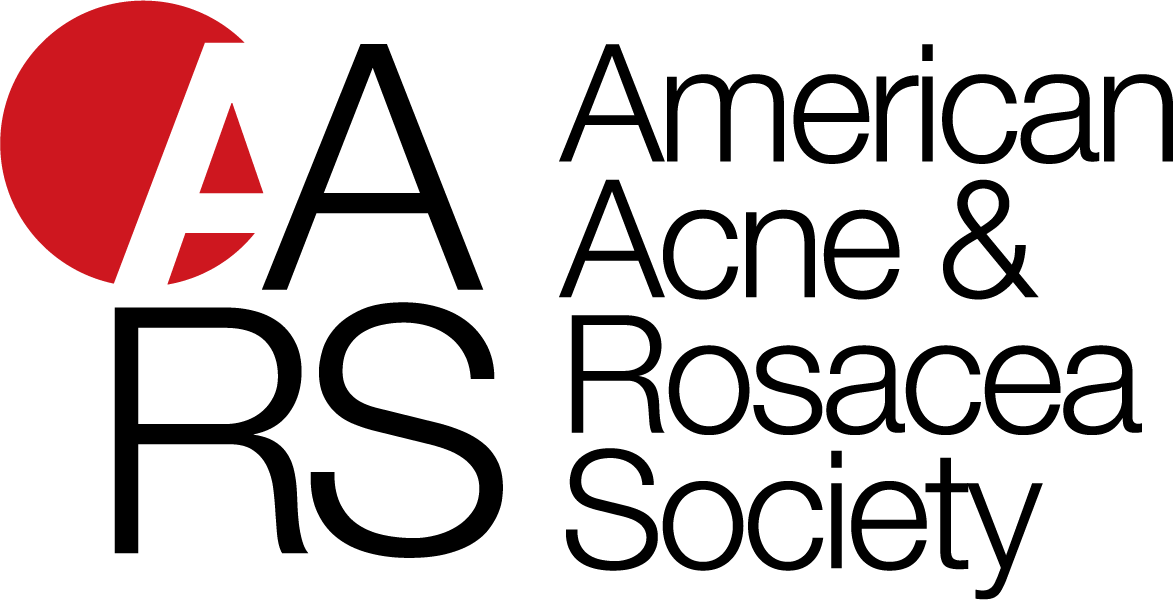Part 1: Overview, Clinical Characteristics, and Laboratory Evaluation
Acne presenting in adult women is commonly encountered in clinical practice. Many affected women have had acne during their teenaged years, have tried several therapies in the past, and are seeking effective treatment. Others are frustrated by the inexplicable emergence of acne as an adult when they never had it as a teenager. Both groups seek an explanation of why they have acne, are often psychosocially affected by its effects on appearance and self-esteem, and all are wanting effective and safe treatment. Clinicians are encouraged to connect favorably with each patient through careful history and physical examination and to consider underlying causes of androgen excess. Practical approaches to examination and laboratory evaluation are discussed.
Cutis. 2015 October;96(4):236-241.
James Q. Del Rosso, DO; Julie C. Harper, MD; Emmy M. Graber, MD, MBA; Diane Thiboutot, MD; Nanette B. Silverberg, MD; Dawn Zhang Eichenfield, PhD; Lawrence F. Eichenfield, MD
The epidemiology, clinical presentation, and clinical and laboratory evaluation of AV in adult females was reviewed in part 1 of this 3-part series. It is important for the clinician to assess the clinical presentation, psychosocial effects, and the possibility of underlying causes of androgen excess. In part 2, skin care and topical management of AV in adult females will be discussed.

